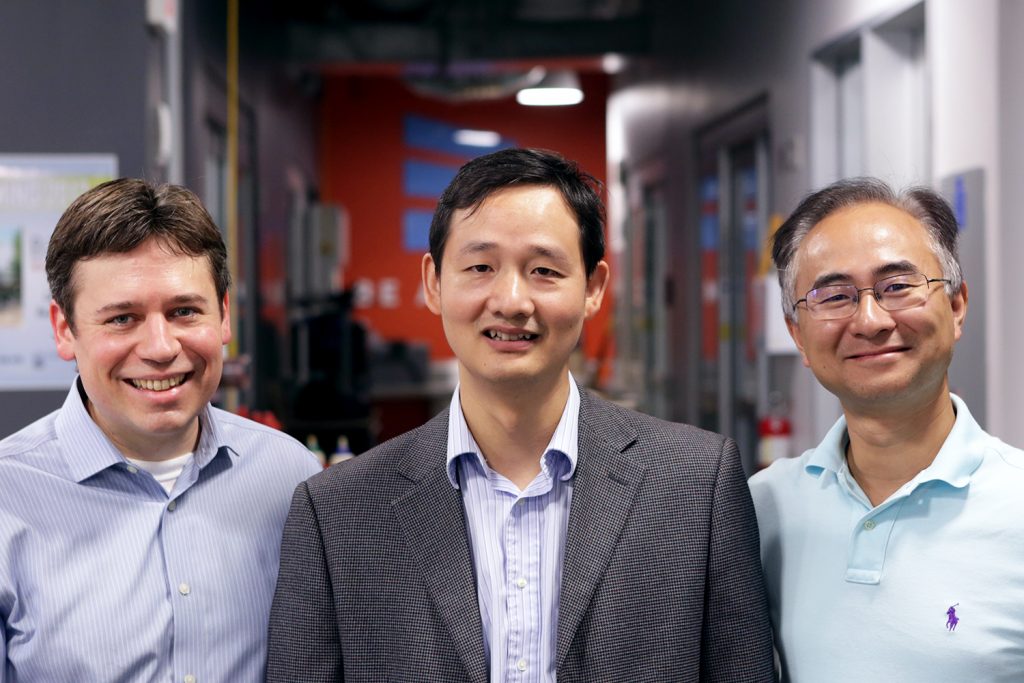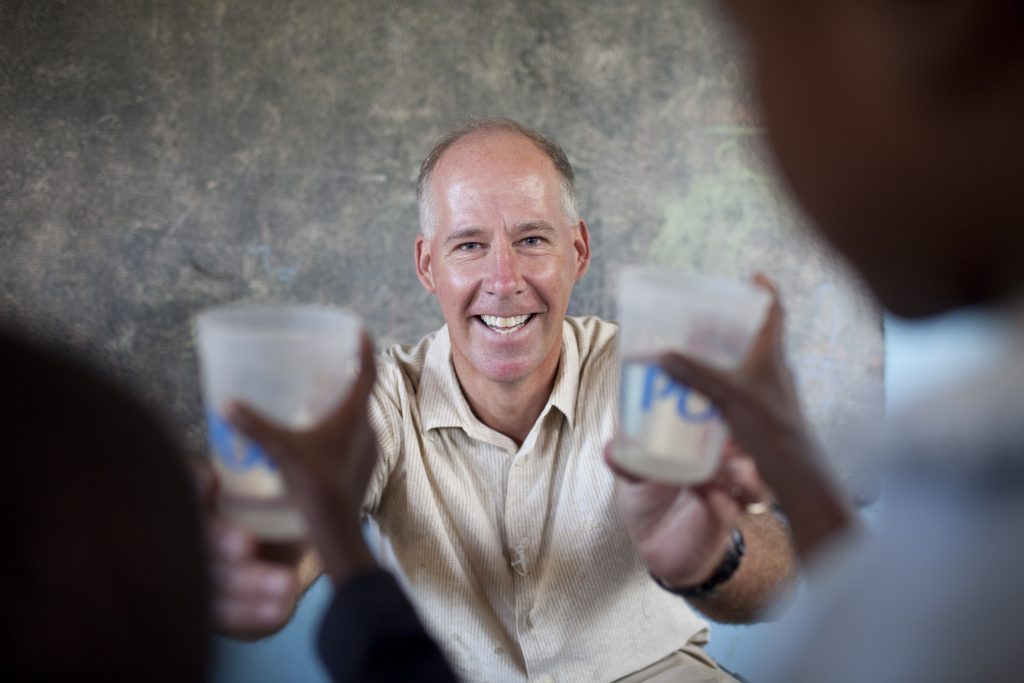A new research centre that will develop innovative forms of advanced 3-D communication was unveiled Nov. 9 at Singapore’s Nanyang Technological University (NTU). The BeingThere Centre is a transnational effort spearheaded by NTU, Swiss Federal Institute of Technology Zurich and the computer science department in UNC’s College of Arts and Sciences, as well as the Media Development Authority of Singapore.
The $23 million centre is set to drive the next evolution in virtual communications, as it focuses on developing a variety of interdisciplinary and advanced technologies that break down physical barriers, generating real, face-to-face conversation.
Some examples highlighted at the Nov. 9 grand opening of the centre:
- You walk into your office building and the receptionist calls your name, saying, “Good morning, you look cheery today.” Except the receptionist is not a person but a virtual human. That is what Chloe can do and more. She recognizes faces, remembers past conversations you have had with her and can have a real conversation with you.
- If you’re not able to attend that meeting or orientation tour of a new retail store in the United States, for instance, you can soon send your avatar that can mimic — in real-time — your head pose, eye contact and even your facial expressions. It captures and maps your dynamic motion and appearance onto a humanoid animatronic avatar. This enables you to project a real-time representation of yourself to the people you’re talking to at a remote location distances away, as if you are really there. And in the near future, you will even be able to move them around, as researchers work on mounting the avatar on a mobility platform.
- Want to find out what your colleagues are up to at your global HQ’s watering hole halfway around the world? A research prototype allows you to look through a glass window using 3-D glasses and chat with them in real-time. As you move around, your perspective of the room changes, depending on where you are standing. This room-based telepresence system will in future provide real-time 3-D interactions with others thousands of kilometres away, with all parties feeling as if they are in one common room. With the aid of depth cameras and stereoscopic 3-D screens, these telepresence rooms share glass displays that give the illusion that the distant rooms are adjacent, separated only by glass.
The BeingThere Centre, located within NTU’s Institute for Media Innovation, spans 240 square metres, housing new workspace and three new laboratories dedicated to developing advanced and sophisticated forms of interactive real-time 3-D communication, known as “telepresence” and “telecollaboration” systems of the future.
The centre is headed by three co-directors: Markus Gross, professor and director of the Computer Graphics Lab, ETH Zurich; Nadia Magnenat-Thalmann, professor and director, Institute for Media Innovation, NTU; and Henry Fuchs, Federico Gil Distinguished Professor, UNC-Chapel Hill.
“Telepresence technologies may one day be as commonplace as the personal computer and the mobile phone,” Fuchs said. “These immersive meeting rooms, roving 3D displays, animatronic avatars and autonomous virtual humans may soon be an integral part of our daily lives. They will reduce the time and expense of long-distance travel, enable more compelling long-distance education, training, health care, tourism and entertainment, and bring together families and friends from across the globe. Precisely how these technologies will develop no one can tell, but it’s tremendously exciting to be at the forefront of this revolution. The three universities working together, leveraging each others’ capabilities, will achieve much more than any one of us can do alone.”


